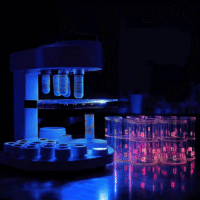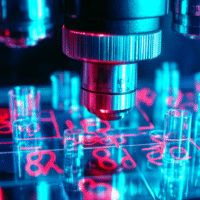Understanding the Trial Results: Nonresolving or Slowly Resolving Pneumonia
What Was the Study About?
This study looked at a better way to diagnose pneumonia that doesn’t get better with regular treatments. Doctors often find it hard to tell what causes this type of pneumonia because many conditions look similar on scans. The study checked if combining two methods, a type of biopsy called EBUS-TBLB and a new testing method called mNGS, could help identify the causes more accurately.
What Worked?
- The combination of EBUS-TBLB and mNGS increased the chance of finding the cause of pneumonia from 50% to 72%.
- It was especially good at detecting infections like bacterial pneumonia (from 0% to 13.9%) and tuberculosis (from 0% to 20.9%).
- Malignancy (cancer) was still the most common diagnosis, accounting for 57.8% of cases.
What Didn’t Work?
- The overall diagnosis of cancer did not change with the new method.
- Complication rates like minor bleeding or low oxygen levels were similar between the two methods.
How Does This Help Patients and Clinics?
For patients, this new approach can help doctors quickly figure out if pneumonia is caused by an infection or if it is something more serious like cancer. For clinics, using both EBUS-TBLB and mNGS together can improve diagnostic accuracy, leading to better treatment decisions.
Real-World Opportunities
- Clinics can start using both methods in patients with pneumonia that is hard to diagnose.
- Hospitals can train staff on the new protocol to ensure everyone understands how to perform these tests effectively.
Measurable Outcomes
- Track the rate of accurate diagnoses in patients with nonresolving pneumonia.
- Monitor the time taken for diagnosis from first visit to final decision.
- Record the number of infections versus cancer cases identified using the new method.
AI Tools to Consider
There are AI programs that can help analyze test results or imaging scans to make the diagnostic process faster and more accurate. These tools can assist doctors in identifying patterns that may indicate specific types of pneumonia.
Step-by-Step Plan for Clinics
- Start small by selecting a few patients with nonresolving pneumonia who have already received standard treatments.
- Train staff on how to perform EBUS-TBLB and mNGS together.
- Collect data on diagnosis accuracy, complications, and patient outcomes.
- Evaluate the results and refine the process as needed, then gradually expand to more patients.
Further Reading
For more detailed information about the study, please visit this link.




























